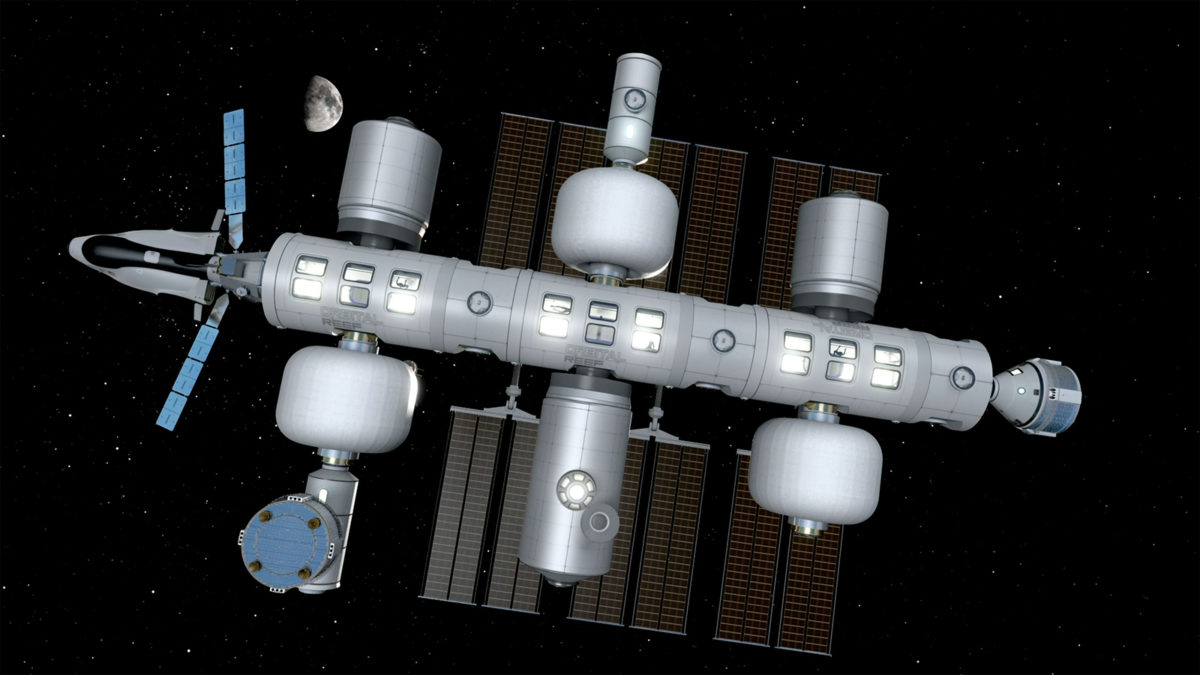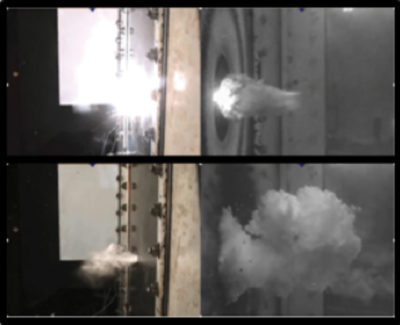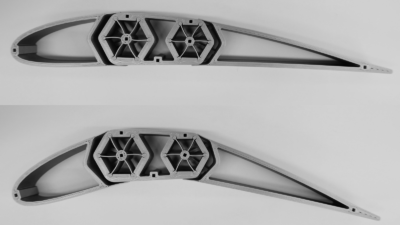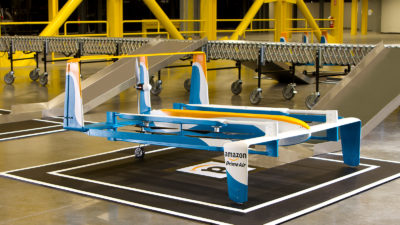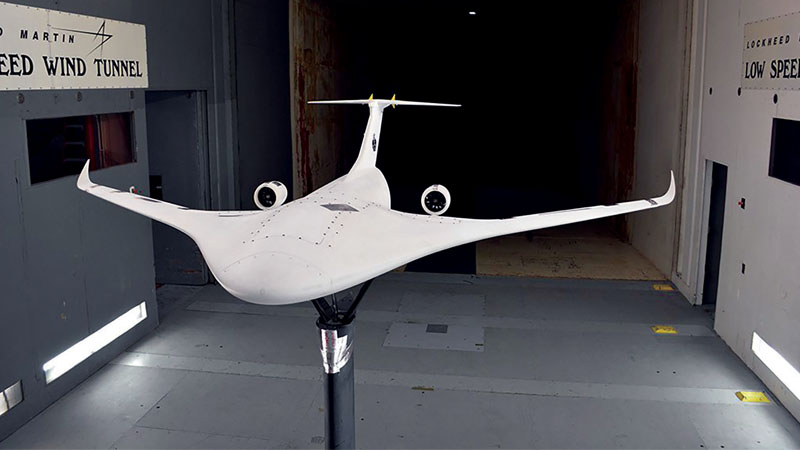Accelerating architecture for low-Earth orbit and beyond
By Theodore W. Hall|December 2022
The Space Architecture Technical Committee focuses on the architectural design of the environments where humans will live and work in space, including facilities, habitats and vehicles.
This year saw a quickening pace of planning for human habitation beyond Earth. In January, officials with the European, Canadian and Japanese space agencies expressed their mutual support for funding the International Space Station through 2030. NASA Administrator Bill Nelson announced on Dec. 31, 2021, the U.S. commitment to fund the ISS through that year. However, in April, Roscosmos Director General Dmitry Rogozin repeatedly indicated that Russia might withdraw its partnership early to focus on developing its own space station. In July, Yury Borisov replaced Rogozin at Roscosmos and clarified that Russia might merely begin the exit process after 2024 and that the process could take up to two years. No official Russian notice of withdrawal had been issued as of November, and a new Russian station isn’t expected before 2028.
Where Rogozin’s statements focused on terrestrial geopolitical disputes, Borisov cited the declining structural integrity of ISS, including repeated air leaks and other malfunctions that could deteriorate into a cascade failure. He noted that increased efforts in maintenance came at the expense of scientific research. Russian partnership in ISS has been critical to its continuance in orbit. ISS has relied on its Zvezda module or visiting Progress spacecraft for orbital reboost. But in June, a Northrop Grumman Cygnus spacecraft demonstrated its ability to raise the station’s orbit, indicating a path forward if Russia withdraws.
Meanwhile, China continued to expand its Tiangong station. In July, the China Manned Space Agency launched and docked its new Wentian module to the core Tianhe module, which launched last year. Wentian was the country’s largest spacecraft to date, with a length of 17.9 meters and a mass of 23 metric tons. It added to Tiangong four cabinets for ecological and biotechnological research, a robotic arm and an extravehicular activity airlock. Tiangong’s third and final module, Mengtian, moved to ground testing in August and launched and docked to the station at the end of October. Mengtian added more science cabinets and a payload airlock.
In contrast with Russian and Chinese words and actions, the United States’ plans for its next space station are principally in the hands of the private sector, while NASA and its European, Canadian and Japanese partner agencies focused on the Artemis program to return humans to the moon.
The Orbital Reef project, a collaboration led by Washington-based Blue Origin and Colorado-based Sierra Space, completed its system requirements review in April and its system definition review in August. In July, Sierra Space completed a one-third-scale burst test of its inflatable Large Integrated Flexible Environment module at NASA’s Johnson Space Center in Texas and delivered the first full-scale core module manufacturing test article. The company’s first Dream Chaser spacecraft entered its final integration and test phase in the first half of the year. Maryland-based Genesis Engineering Solutions’ Single Person Spacecraft completed its system requirements review in March and delivered system definition documents to NASA in July for review.
Ahead of the launch of its own commercial space station, Texas-based Axiom Space conducted its Axiom Mission 1, the first all-private mission to ISS, in April. In August, Axiom signed an order with NASA for the second such mission, scheduled to occur “in the second quarter of 2023,” according to the press release. Also, the company signed memorandums of understanding for cooperation in human spaceflight with Italy, Hungary and New Zealand, and an agreement with Turkey to send the first Turkish astronaut to space. In September, Axiom won a task order from NASA to build the next generation of astronaut spacesuits for the Artemis lunar missions, starting with the Artemis III landing in 2025.
Contributors: William Boyington, Maria João Durão, Brand Griffin and Barbara Imhof

